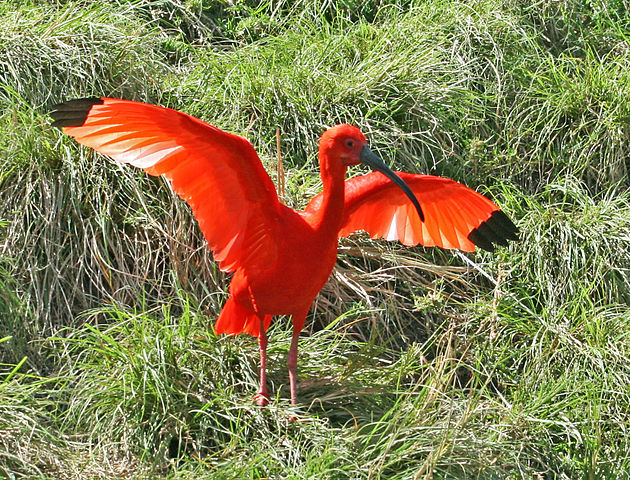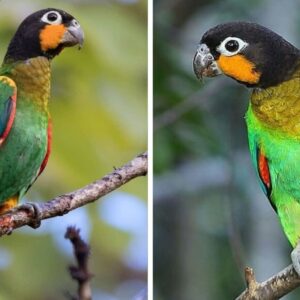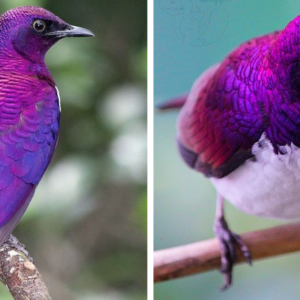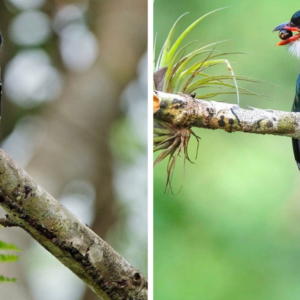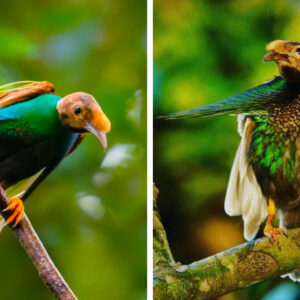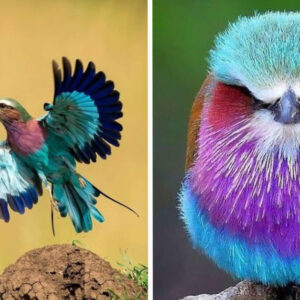The feathers of the Scarlet Ibis display a range of hues, although only the tips of the wings deviate from this color. This bird is known for its striking beauty, with descriptions ranging from a dazzling scarlet to a stunning orange-red. Regardless of how you describe it, the Scarlet Ibis is undeniably distinctive and eye-catching.
The scarlet ibis, also known as Eudocimus ruber, is a type of ibis bird that belongs to the Threskiornithidae family. These birds have strikingly beautiful plumage, with both male and female adults being predominantly red in color. While their feathers may display different shades of red, it is only their wingtips that have a black hue. Additionally, they have red bills and feet, although the bill can sometimes appear blackish. The scarlet ibis has long necks and legs, which are extended during flight.


Both male and female Scarlet Ibises have similar coloration, but their size differs with males being larger. Additionally, the male’s beak is 22% longer than the female’s. When they are young, they display a blend of white, grey, and brown hues, but they acquire their striking scarlet hue from consuming red crustaceans.
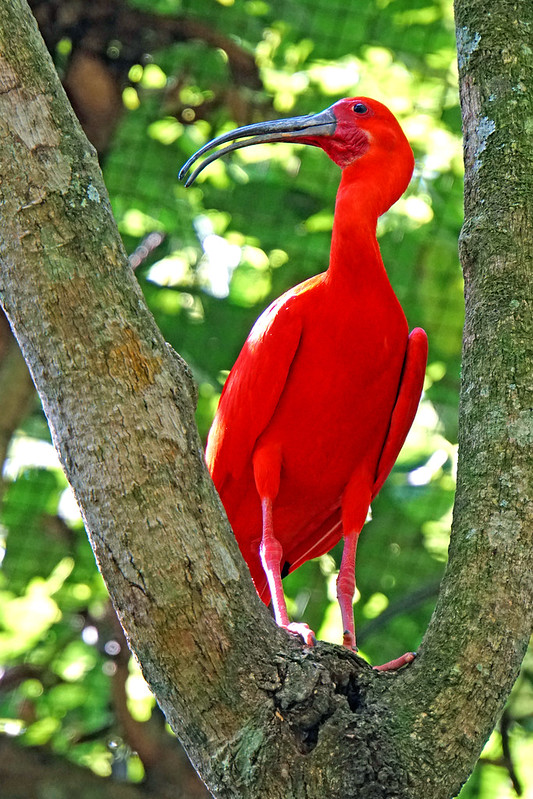

The Scarlet Ibis is a type of bird that travels long distances and is occasionally seen in places it doesn’t usually inhabit. Its natural habitat spans from South America to the Caribbean islands, where groups of these birds can be found in countries like Brazil, Colombia, French Guyana, Suriname, and Venezuela. Additionally, they have also been spotted in the Netherlands Antilles and Trinidad and Tobago.
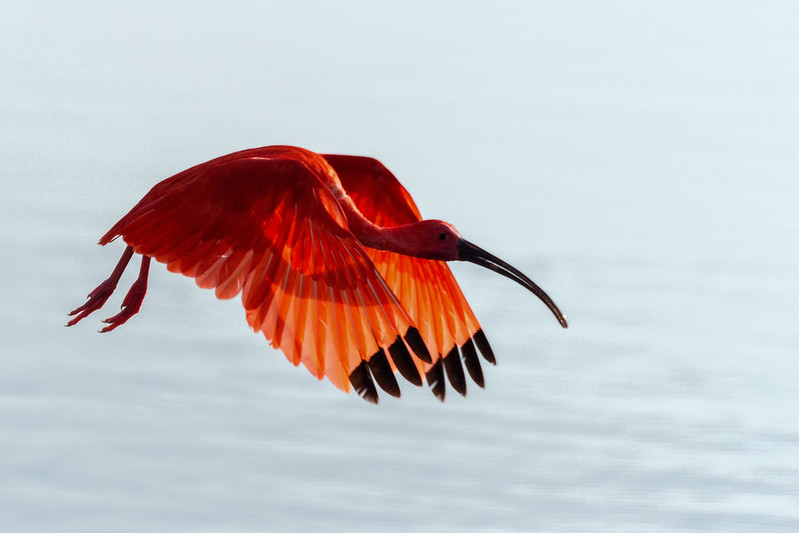
The Scarlet Ibis can be found in groups congregating in wetlands and marshy regions, including rainforests and shorelines. They primarily feed on insects, particularly scarab beetles, as it constitutes the major portion of their diet. However, they also consume crustaceans such as shrimps, crabs, and mollusks.


Adult black swans have bills that are black in color. During mating season, pairs of black swans construct nests by gathering sticks to form platforms, usually placed high up on trees on islands to evade predators. The female lays a batch of three to five eggs which she diligently incubates for approximately 19 to 23 days. Both parents share the responsibility of nurturing and raising their offspring.


Throughout the globe, this particular bird species has been granted protected status. The conservation efforts have resulted in the bird being considered as having the “least concern” on the IUCN Red List.
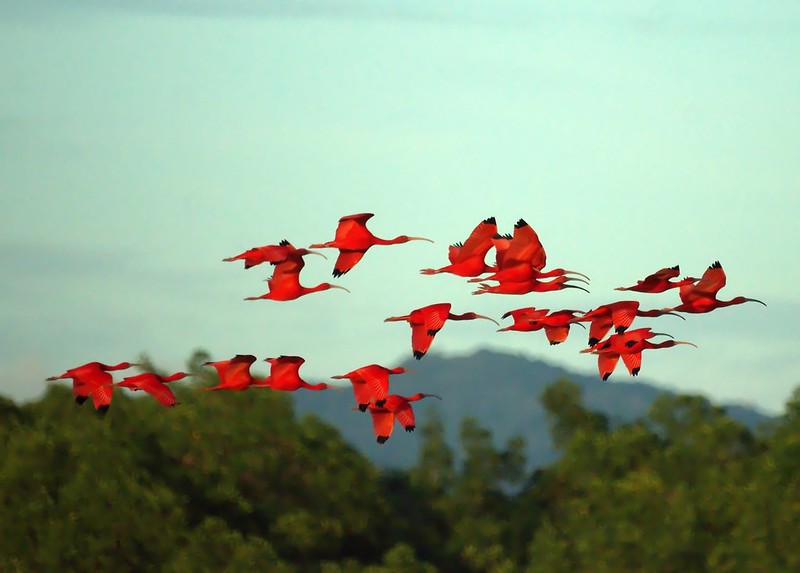

Trinidad and Tobago have designated the Scarlet Ibis as one of their national birds.
